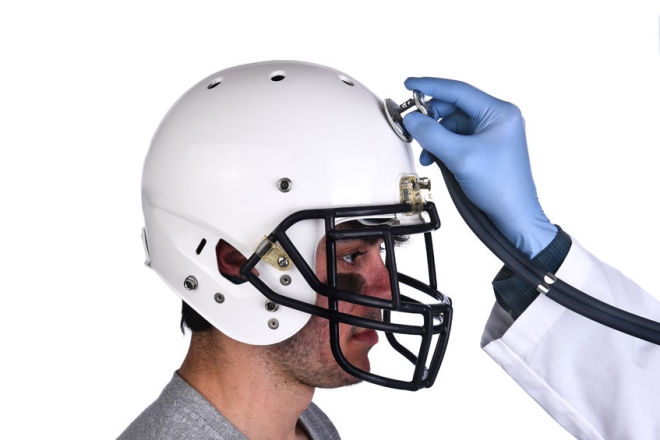Mild Traumatic Brain Injuries In Sports
Reducing Risks of Mild Traumatic Brain Injuries in Sports
Currently, there’s increasing evidence to support the idea when high school students play contact sports, traumatic brain injuries occur after a single, aggressive hit as well as over time as players endure many repetitive head impacts (RHI). While traumatic brain injuries cannot be entirely prevented, in some cases, the risk can be reduced with the methods listed below.
Expert opinion and new research support these methods. Present research is also exploring the potential of better quality helmets and mouth guards, and the use of helmet sensors in reducing the risks of mild traumatic brain injuries.
Sixty-one percent of the respondents in a recent poll stated helmets should be improved.
Usually, sports medicine treatments are taken to prevent, recognize, manage and rehabilitate injuries related to sports.
-
Improved Coaching and Training
Regardless of whether it’s football, hockey or lacrosse, improved coaching and training can reduce the risk of traumatic brain injuries.
One study found in the majority of instances where players ended up with a concussion, they were tackling with their heads down.
In this way, teaching the “head’s up” approach to tackling can serve to reduce potential concussions, at least in football and other similar contact sports. In hockey, a study found teaching players how to anticipate body checks also reduced concussions in younger players.
Those who were taught the “ready position” reduced their risk. As you can see, not only do players need to receive better training, and on a consistent basis, but this all begins with more informed coaches.
Coaches who have received necessary training to deliver a better line of defense when it comes to player safety.
-
Rule Changes
From the professional level all the way to the high school level, high-risk sports have undergone rule changes to make for a safer environment and reduce the risk of concussions. These rule changes have come in the form of limiting full body contact, which has seen positive effects, as well as other rules, which vary from sport to sport.
One such example of how better rules can reduce the risk of traumatic brain injuries can be seen about the kickoff rule in the NFL.
This new rule reduced concussions in the NFL by 50%. This is also why in 2013, body-checking was officially banned in pee wee hockey in Canada.
In the case of soccer, heading should be avoided – a topic that has long been debated.
This is especially true for younger players, as research supports this was most often associated with concussions. Also, on a long-term basis, heading was linked to changes to white brain matter.
-
Proper Helmet Use
One study has shown players who wore helmets that weren’t fitted properly or had under-inflated liners were at an increased risk of suffering from a concussion. Thus, it’s important to buy new, properly fitting hockey, football and lacrosse helmets.
-
Neck Strengthening
Strengthening the neck muscles can potentially reduce the risk of concussions.
This was proven true across all sports – from soccer to basketball. While there’s a lot of debate as well as ongoing research regarding how to lessen the risk of traumatic brain injuries, current research supports the idea:
- Improved coaching/training,
- Reducing the amount of full-body contact and
- Enforcement of the rules
are the leading lines of defense against traumatic brain injuries.
Copyright: scukrov / 123RF Stock Photo






